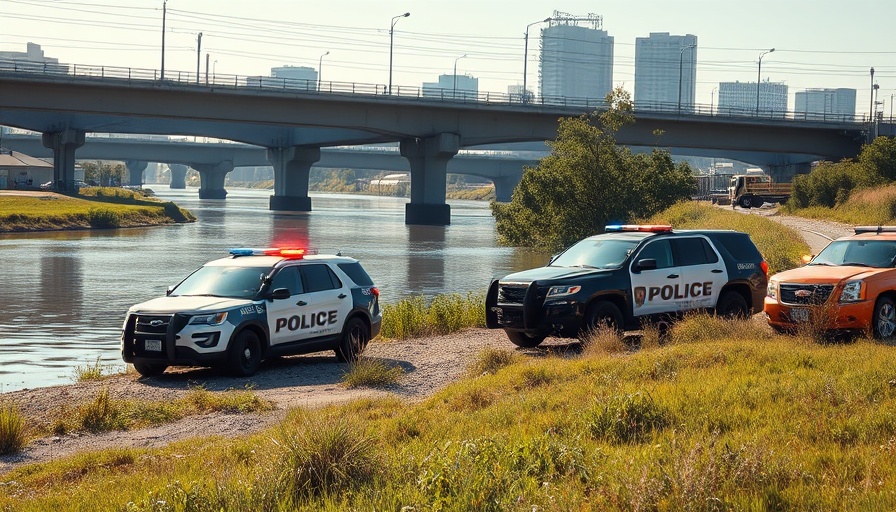
Understanding the Tragic Incident at the L.A. River
On a seemingly ordinary Sunday afternoon, a tragic event unfolded in the Los Angeles River that serves as a stark reminder of the dangers associated with water bodies. This particular incident involved three adults, a 4-year-old child, and a dog, all of whom were walking near the river when they unexpectedly fell into the water. While three were rescued, the loss of one adult and the dog has left a deep impact on the community and draws attention to the inherent risks of the environment.
The Role of Water Safety
The importance of water safety cannot be overstated in light of this incident. According to the CDC, drowning deaths are on an alarming rise across the United States. In 2024, the agency highlighted the need for bolstered water safety measures, including learning how to swim, instilling good habits in youngsters, and using life jackets while boating. The consequences of failing to prioritize these skills can be devastating, as newly emphasized by this week's tragedy.
A Closer Look at Environmental Factors
Immediately following the incident, officials from the Long Beach Fire Department indicated that the conditions of the river—including depth and current—might have contributed to the unfortunate outcome. While it was reported that the current was not particularly strong at the time, variable water conditions can pose hidden threats. The river’s channel, noted for its potential pitfalls, was also near a low head dam, referred to colloquially as a “drowning machine.” This description highlights the need for raised awareness about such dangers in natural water bodies.
Community's Emotional Response and Support
The emotional toll of such incidents can ripple through local communities. Residents around Bakersfield and Los Angeles have been vocal about their grief, tensions rising as people seek to support the families affected. Conversations on local forums stress the importance of mental health and community support after such a loss, as tragedies like these can invoke feelings of helplessness and fear, particularly among parents.
Practical Water Safety Tips for Families
To prevent further tragedies, families must be equipped with knowledge on water safety. Here are some actionable insights for families living in Bakersfield and nearby areas:
- Enroll in Swimming Classes: Whether for children or adults, swimming lessons can significantly reduce drowning incidents and increase confidence in water.
- Choose Safe Areas for Water Activities: Always opt for designated swimming areas that are monitored and have lifeguards on duty.
- Use Personal Flotation Devices (PFDs): Ensure that everyone has proper safety gear when engaging in any water activity, regardless of their swimming ability.
Engaging with the Issue: A Call to Action
This incident has outlined an urgent call for community engagement. It’s essential for residents to advocate for improved safety measures around local waterways. Schools and community organizations in Bakersfield should incorporate water safety workshops and promote drowning prevention education to raise awareness among families.
Conclusion: A Path Forward for Safety Awareness
As we reflect on the tragic events that unfolded by the L.A. River, it becomes clear that our collective responsibility to enhance water safety measures is paramount. By sharing knowledge around safe practices and encouraging community initiatives focused on drowning prevention, we can work together to honor those lost by ensuring similar tragedies are averted in the future. Let’s commit to a proactive approach towards water safety in Bakersfield and foster a culture that prioritizes life and wellness.
 Add Row
Add Row  Add
Add 



Write A Comment